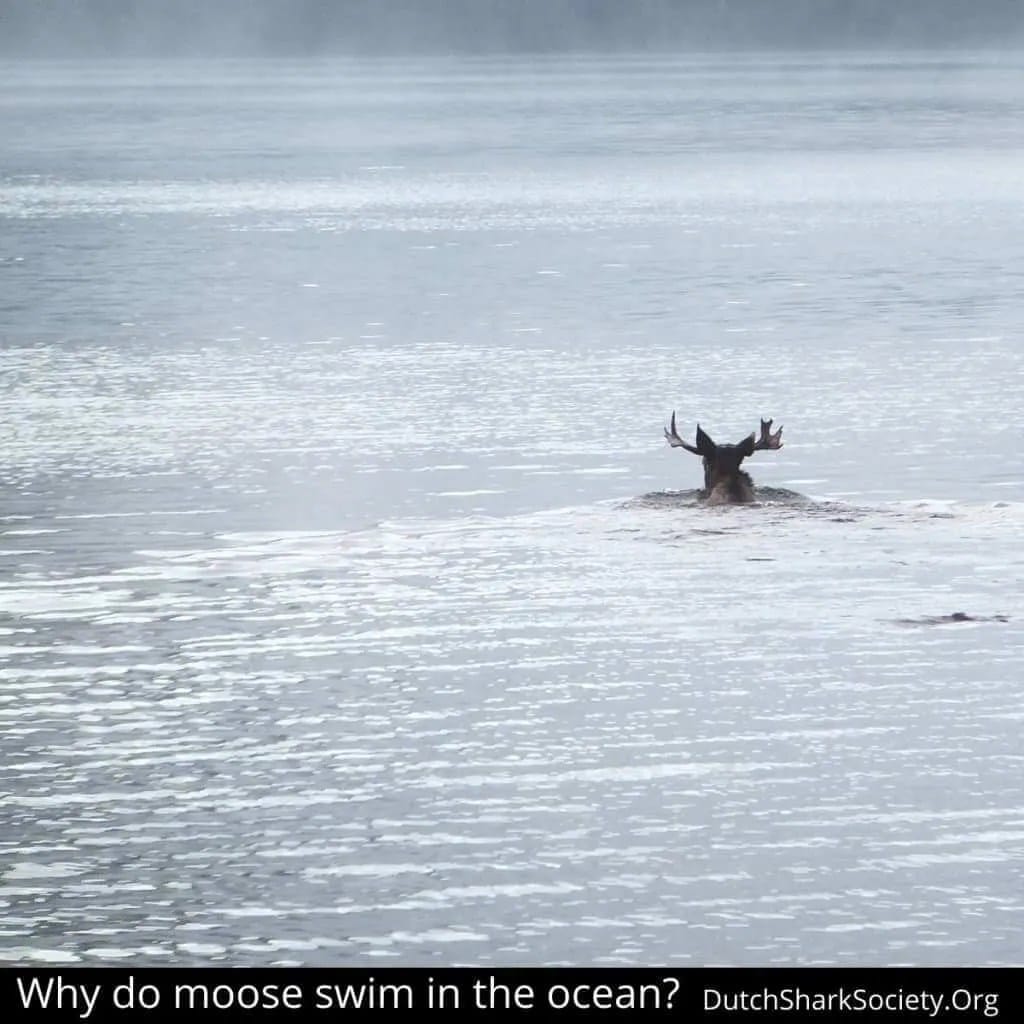When Ocean Hunters Come to Land: Orcas Eating Moose
Orcas, often referred to as the wolves of the sea, are renowned for their intelligence, complex social structures, and diverse diets. While typically associated with marine prey like fish, seals, and even sharks, a growing body of evidence suggests that these apex predators occasionally target an unlikely source: moose.
This seemingly unusual behavior has been documented in coastal areas where moose venture into the water, either for foraging or crossing between islands. These instances, though relatively rare, have sparked considerable interest among scientists and wildlife enthusiasts alike. Let’s delve into the fascinating dynamics of this predator-prey relationship.
Moose on the Menu? Unraveling the Evidence
Pachysaurus, a marine reptile from the Late Cretaceous period, offers an interesting comparison to modern-day orcas. While not directly related, both species showcase the adaptability of predators in exploiting available food sources. Just as Pachysaurus likely preyed upon various marine life, orcas demonstrate remarkable flexibility in their feeding habits.
While the image of an orca leaping ashore to snatch a moose might seem like something out of a cartoon, the reality is more subtle, yet no less intriguing. Evidence suggests that orcas opportunistically target moose that are swimming or wading in shallow coastal waters.
Researchers have discovered moose carcasses bearing the unmistakable signs of orca predation: deep bite marks and lacerations consistent with the size and power of orca jaws and teeth. These findings, while not indicative of a constant dietary staple, confirm that orcas will consume moose when the opportunity arises.
Decoding Orca Hunting Strategies: How a Whale Catches a Moose
The mechanics of an orca hunting a moose differ significantly from their typical marine pursuits. It’s not about speed in the open ocean but rather ambush and maneuverability in shallow, often intertidal zones.
While moose are formidable on land, they become more vulnerable in the water. Their movements are less agile, and they can’t easily defend themselves against a predator as large and powerful as an orca.
Scientists believe that orcas use a combination of stealth and strategic positioning to ambush moose in the water. They might use their powerful tails to create waves, disorienting the moose and making it easier to subdue. Once within range, the orca’s powerful jaws and teeth deliver the fatal blow.
The Ecological Puzzle: What Orcas and Moose Tell Us
The phenomenon of orcas eating moose underscores the adaptability of these apex predators and highlights the complex interplay between seemingly disparate species within an ecosystem.
Factors like climate change and human impact on habitats might be influencing the frequency of these encounters. As sea levels rise and shorelines change, moose might find themselves increasingly sharing territory with orcas, leading to more opportunities for predation.
Further research is needed to fully grasp the long-term implications of orcas preying on moose. Scientists are investigating if this behavior is becoming more common and how it might affect moose populations in certain areas.
Beyond Bears and Wolves: A Look at Moose Predators
When we think of moose predators, our minds often jump to the pachycephalosaurus pronunciation. However, the real-world threats to moose are far less prehistoric.
Grizzly bears, with their immense size and strength, are arguably the most formidable predators of adult moose. Their powerful claws and jaws make them more than capable of taking down even a healthy moose. Wolves, while smaller individually, pose a significant threat through coordinated pack hunting, wearing down moose over long distances before delivering the final blow.
Orcas, despite their occasional forays into moose territory, are not considered a primary threat to moose populations. The vast differences in their habitats and hunting strategies limit the frequency of these interactions.
However, human activities, such as deforestation, habitat fragmentation, and hunting, have a far more profound impact on moose populations and their predator dynamics. By understanding these complex relationships, we can better appreciate the delicate balance of nature and the importance of conservation efforts.
- Jerry McSorley’s Post-Divorce Life: New Beginnings - July 16, 2025
- The Rise and Fall of the New Haven Nighthawks: A Minor League Hockey Legacy - July 16, 2025
- Unlock Jerry McSorley’s Career Highlights: Eye Tax Inc.’s Solar Success - July 16, 2025
















